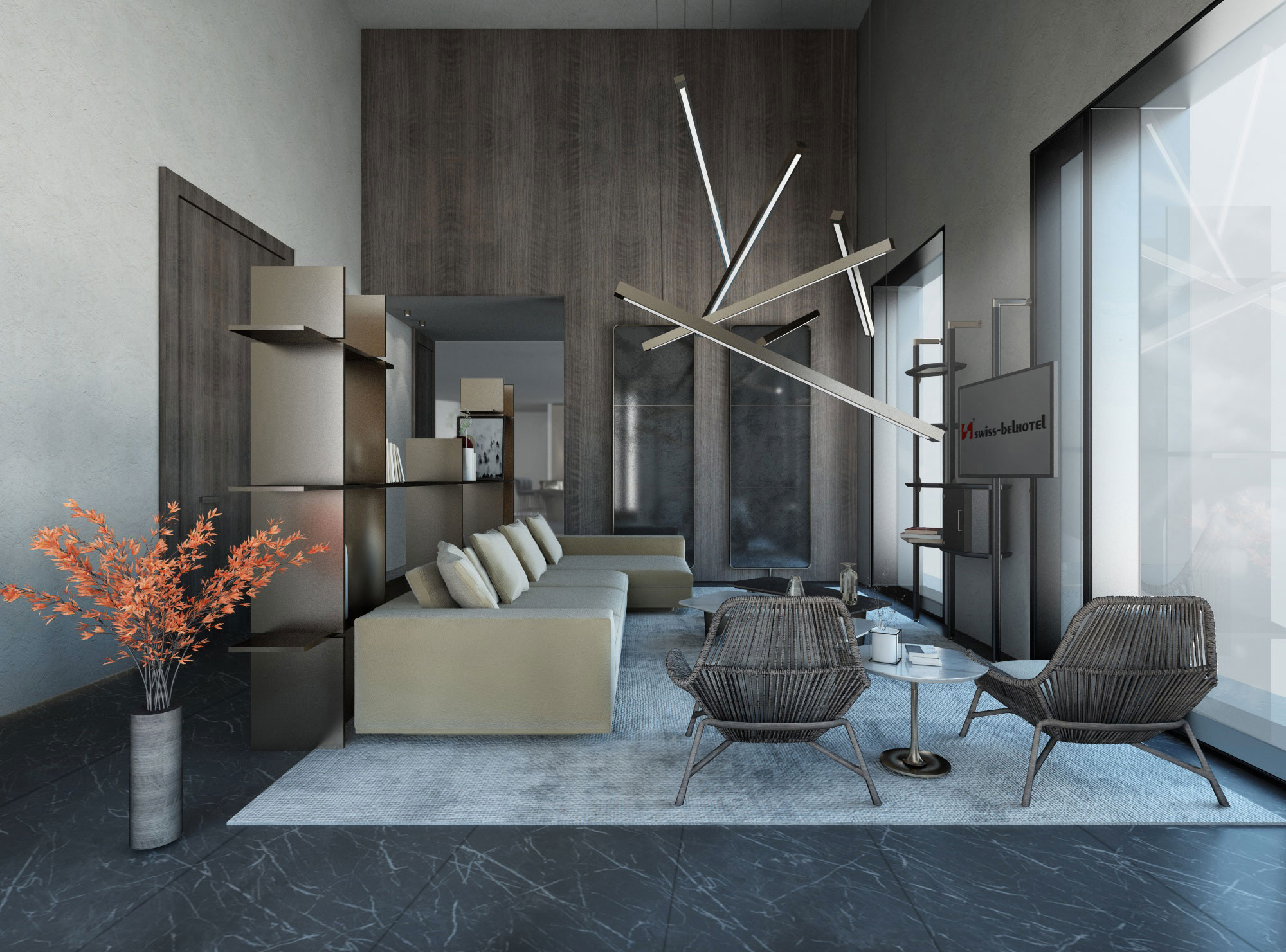

ITALIAN DESIGN: ALDO CINGOLANI ABOUT HISTORY AND PERSPECTIVES
ENGLISH VERSION BELOW / LA VERSIONE IN INGLESE IN SEGUITO
Aldo Cingolani, CEO New Crazy Colors e Bertone Design, in un'intervista a Paolo Scagliola per Homes & Estates, ha ripercorso le pietre miliari della storia del design e ha riflettuto sul rapporto tra il design e il lusso.
Aldo Cingolani, CEO of New Crazy Colors and Bertone Design, in an interview with Paolo Scagliola for Homes & Estates, retraced the milestones in the history of design and reflected on the relationship between design and luxury.
di Paolo Scagliola
Architetto Cingolani, lei ha vissuto la storia del design italiano dagli anni ‘80 a oggi, prima come direttore generale di Giugiaro Design, poi come co-founder e presidente di Bertone Design e da poco presidente della New Crazy Colors. Com’è cambiato, in questo lungo arco di tempo, il mondo del design?
Direi che è stata una lunga e trionfale cavalcata. Durante i primi anni della mia carriere, in una grande azienda internazionale come la Giugiaro, i mercati emergenti di riferimento erano il Giappone e la Corea. Nell’estremo oriente cominciavano a svilupparsi i primi prodotti che il design arricchiva di un importante valore aggiunto, anche se inizialmente questo concetto riguardava soprattutto il mondo dell’elettronica, degli apparecchi radiofonici e televisioni, e successivamente dei telefoni. Poco a poco, le aziende hanno cominciato a capire che per accrescere il valore dei propri prodotti bisognava passare attraverso l’utilizzo di nuove forme, nuove linee e nuovi concetti. All’epoca, tuttavia, il concetto di design era rivolto soprattutto ai prodotti di lusso, o comunque di fascia decisamente alta. Tutto è cambiato negli anni Novanta quando hanno iniziato ad affacciarsi sulla scena nuovi mercati, in particolare quello cinese. All’epoca, la Cina aveva ancora un’economia basata soprattutto sull’agricoltura e sulla riconversione delle fabbriche post-belliche, quindi è stato un movimento graduale, che ha interessato inizialmente le moto per poi arrivare alle auto, attraverso un percorso lungo e piuttosto travagliato. Una seconda rivoluzione è arrivata alla fine degli anni Novanta. In quegli anni anche il modo in cui si disegnava ha subito un cambiamento epocale, con l’arrivo della computer-grafica. Una dopo l’altra, le grosse aziende hanno introdotto la disegnazione attraverso il computer, che ha portato ad una grande accelerazione nel processo del design. Naturalmente non si può dire che questo sia stato, per i creativi, un passaggio indolore. Il repentino adattamento è stato vissuto come un momento di grande difficoltà per i professionisti del settore. Abituati ai disegni fatti a mano e colorati con varie tecniche, temevano di perdere la loro creatività, sacrificata sull’altare della modernità. Nuovi mercati e nuove tecnologie. Sono stati questi i grandi cambiamenti che hanno rivoluzionato il design negli ultimi trent’anni.
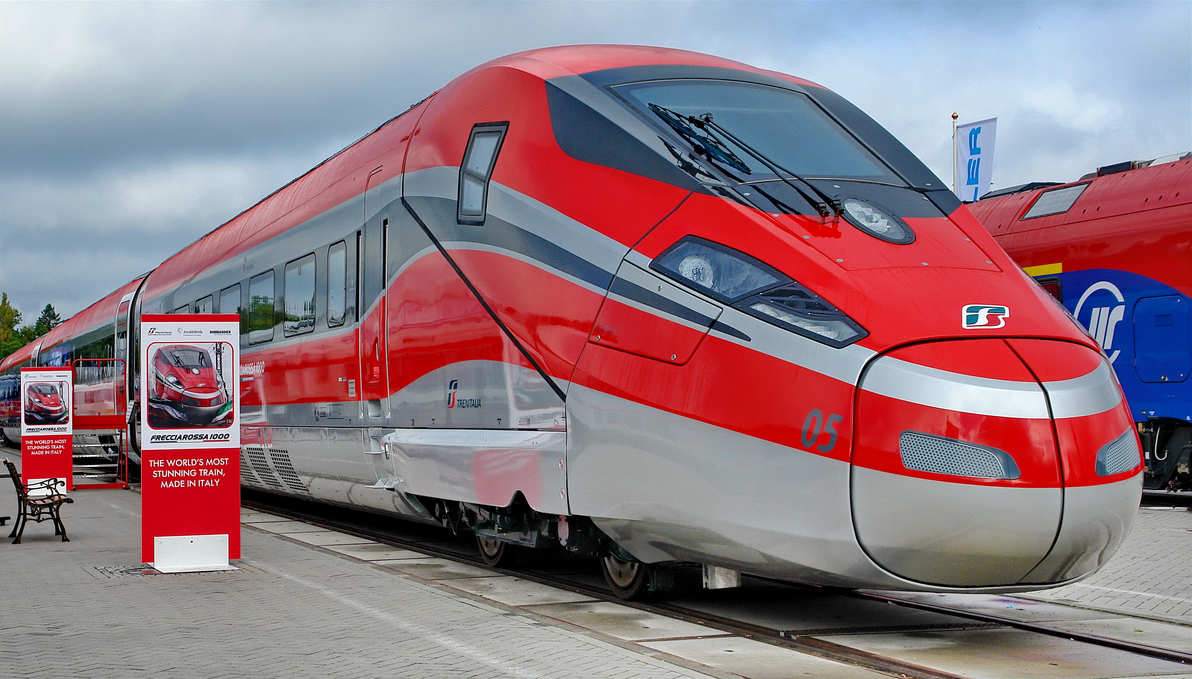
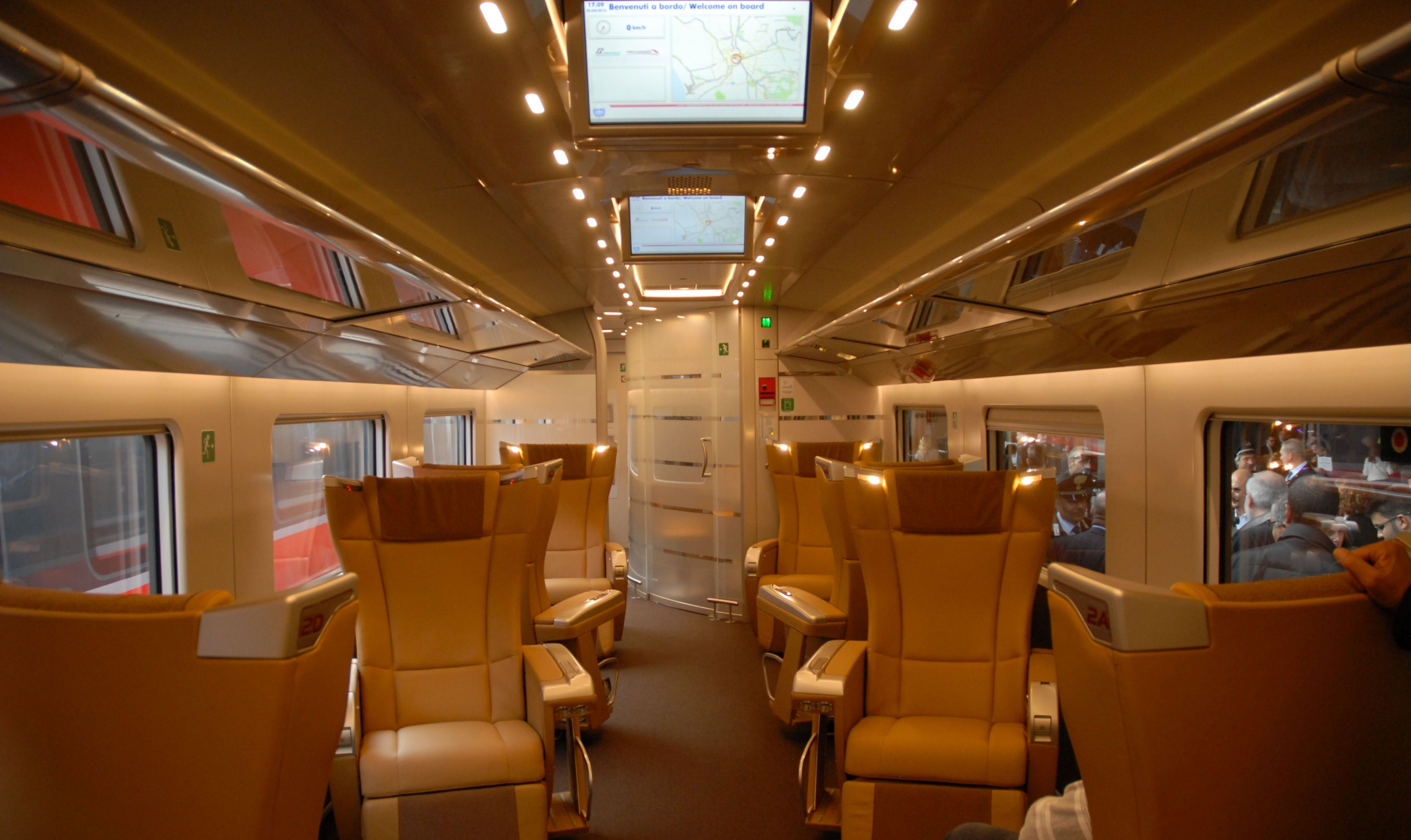
Oggi, cosa interpreta meglio il concetto di “lusso” dal punto di vista del design?
Siamo proiettati in un futuro in cui il concetto di lusso è molto cambiato rispetto agli anni ’90. Oggi il lusso è dato dal comfort e dell’ecosostenibilità dei materiali con i quali si va a pensare e a produrre un nuovo prodotto. La sostenibilità è diventata il must: se una volta la ricerca era incentrata soprattutto sui materiali ultraleggeri, come il carbonio e il titanio, oggi la priorità è diventata il rispetto dell’ambiente, la tutela della natura in tutte le sue forme. Personalmente il termine “lusso” non mi piace molto, lo ritengo ormai superato. Parlerei piuttosto di “prodotto eccellente”. Se con “lusso” intendiamo invece l’utilizzo di materiali esclusivi, ad esempio una pelle rarissima, allora siamo in un altro campo, quella della ricerca del materiale più costoso.

Parlando di architettura, come si immagina la casa del futuro?
«Il mondo sta cambiando velocemente, e con esso dovrà cambiare la nostra idea stessa di abitazione. La casa diventerà sempre più un luogo multifuzionale, dove dovremo trascorrere una parte crescente del nostro tempo. Lo smart working è ormai una realtà radicata anche in Italia, i ragazzi avranno bisogno di spazi sempre maggiori per la didattica a distanza. Se diventerà sempre più difficile frequentare luoghi pubblici come le palestre, allora bisognerà in qualche modo sopperire anche a queste esigenze negli spazi domestici. La casa dovrà essere pensata e arredata con una logica di utilizzo totalmente diversa e non più soltanto come un luogo dove andare a mangiare e a dormire. Dovrà arricchirsi di soluzioni che la rendano adattabile e flessibile. Il soggiorno si dovrà trasformare in studio, la cameretta dei ragazzi dovrà dotarsi di uno spazio in cui svolgere le attività scolastiche. Fondamentale sarà lo sviluppo di un sistema tecnologico che consenta di fare tutte queste cose. Immagino gli schermi della televisione trasformarsi in schermi di computer, ma anche open space dove inserire attrezzi sportivi a parete per consentirci di fare attività fisica senza dover uscire all’esterno. Parliamo, quindi, di una casa pensata come modulo abitativo totalmente diverso da quello di oggi. L’emergenza sanitaria del Coronavirus ha accelerato questa trasformazione e andrà a modificare sempre di più l’architettura e gli spazi dei luogi in cui viviamo e lavoriamo. Insomma, un futuro che è già incominciato....
Restando nel campo dell’architettura, quanto è importante affidarsi a brand di alto livello? E come influisce questa scelta sul valore dell’immobile?
Non c’è dubbio che tutto quanto è brandizzato eserciti un grande appeal al momento dell’acquisto. Così come accade per la moda, il brand garantisce la qualità. E nel mondo immobiliare questa regola ha ancora più valore, perchè consente una sorta di “certificazione” che dura nel tempo. Possiamo dire che, al momento della rivendita, in condizioni di mercato uguali, l’immobile brandizzato varrà almeno il 10-15% in più di un immobile privo di firme. Una differenza che si spiega soprattutto con la rassicurazione che si fornisce all’acquirente. È ovvio che se un’azienda mette a disposizione il proprio brand pretenda da tutte le forze lavoro impegnate - dai costruttori, agli arredatori, agli impiantisti - uno standard qualitativo estremamente elevato. Ed è proprio questa certificazione a dare all’immobile un valore di mercato superiore.
Architect Cingolani, you have experienced the history of Italian design from the 1980s to today, firstly as the general manager of Giugiaro Design, then as co-founder and president of Bertone Design and even more recently as the president of New Crazy Colors. Can you tell us how the world of design has changed over this period?
I would say it has been a long and triumphant ride. During the first years of my career, in a large international company such as Giugiaro, the reference emerging markets were Japan and Korea. In the Far East, the first products were beginning to develop, where design enriched with an important added value, even if initially this concept concerned above all the world of electronics, radio and television sets, and subsequently of telephones. Gradually, companies began to understand that to increase the value of their products, it was necessary to use new shapes, lines and concepts. At the time, however, the concept of design was mainly aimed at luxury products or any rate decidedly high-end ones. Everything changed during the nineties when new markets began to appear, especially the Chinese one. At that time, China still had an economy based mainly on agriculture and the conversion of post-war factories, so it was a gradual movement, which initially affected motorcycles and then touched cars, through a long and picturesque troubled path. A second revolution came in the late 1990s. In those years even how it was designed underwent an epochal change, with the arrival of computer graphics. One after another, major companies introduced designing by computers, leading to a massive acceleration in the design process. Of course, it cannot be said that this was a painless transition for creatives. The sudden adaptation was perceived as a struggle for professionals in the sector. Accustomed to handmade drawings and coloured with various techniques, they feared to lose their creativity, sacrificed on the altar of modernity. New markets and new technologies. These were the big changes that have revolutionised design over the past thirty years.
What best interprets the concept of “luxury” from the viewpoint of design?
We are projected into a future where the concept of luxury has vastly changed since the 1990s. Today luxury is given by the comfort and eco-sustainability of materials that you conceive when developing a new product. Sustainability has become the must: if once upon a time research was mainly focused on ultralight materials, such as carbon and titanium, today the priority has become respect for the environment, plus the protection of nature in all its forms. Personally, I don’t like the term “luxury” very much, I think it is outdated. I would rather speak of an “excellent product”. If by “luxury” we mean the use of exclusive materials, for example, a very rare leather, then we are in another field, that of the search for the most expensive material.
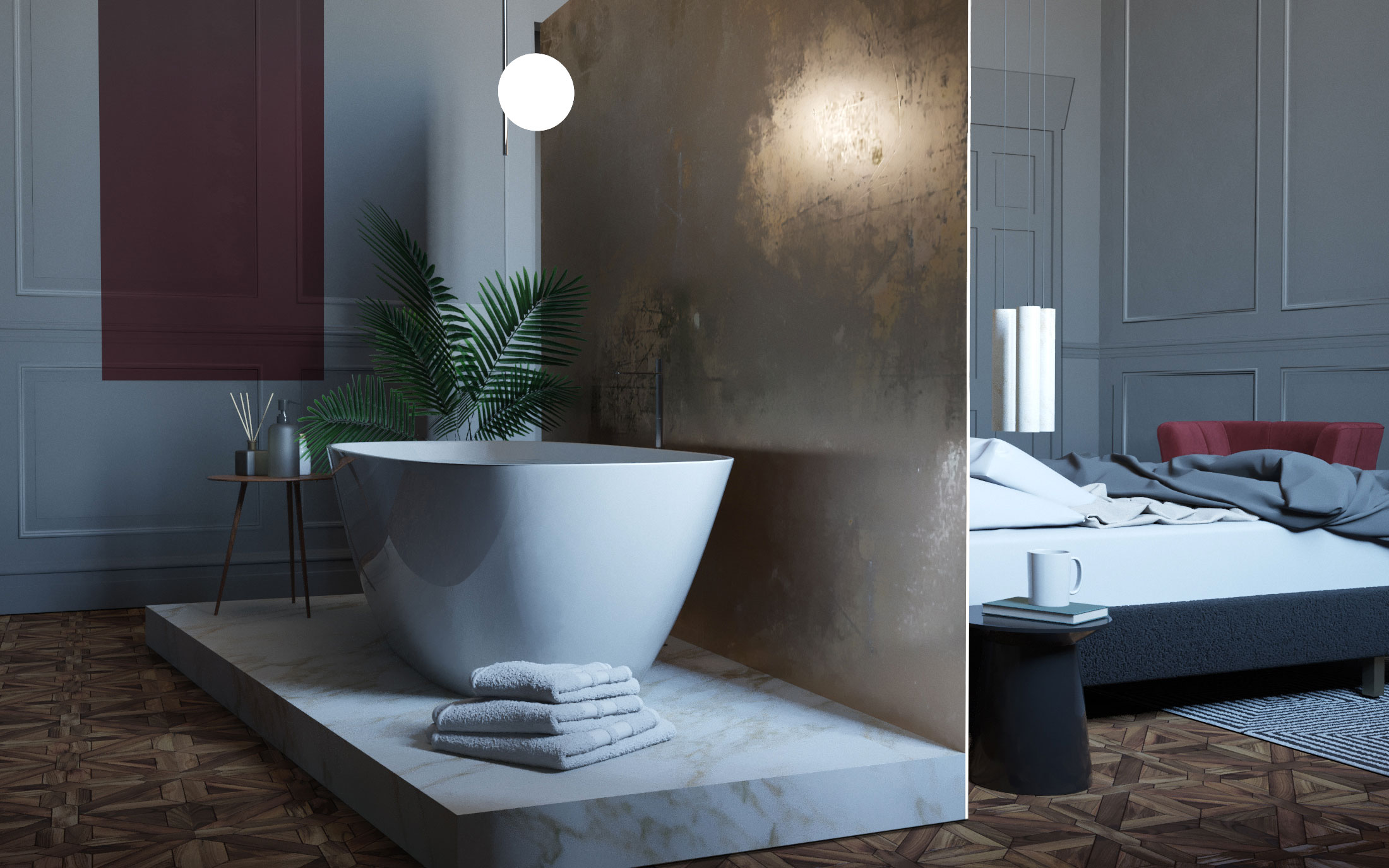
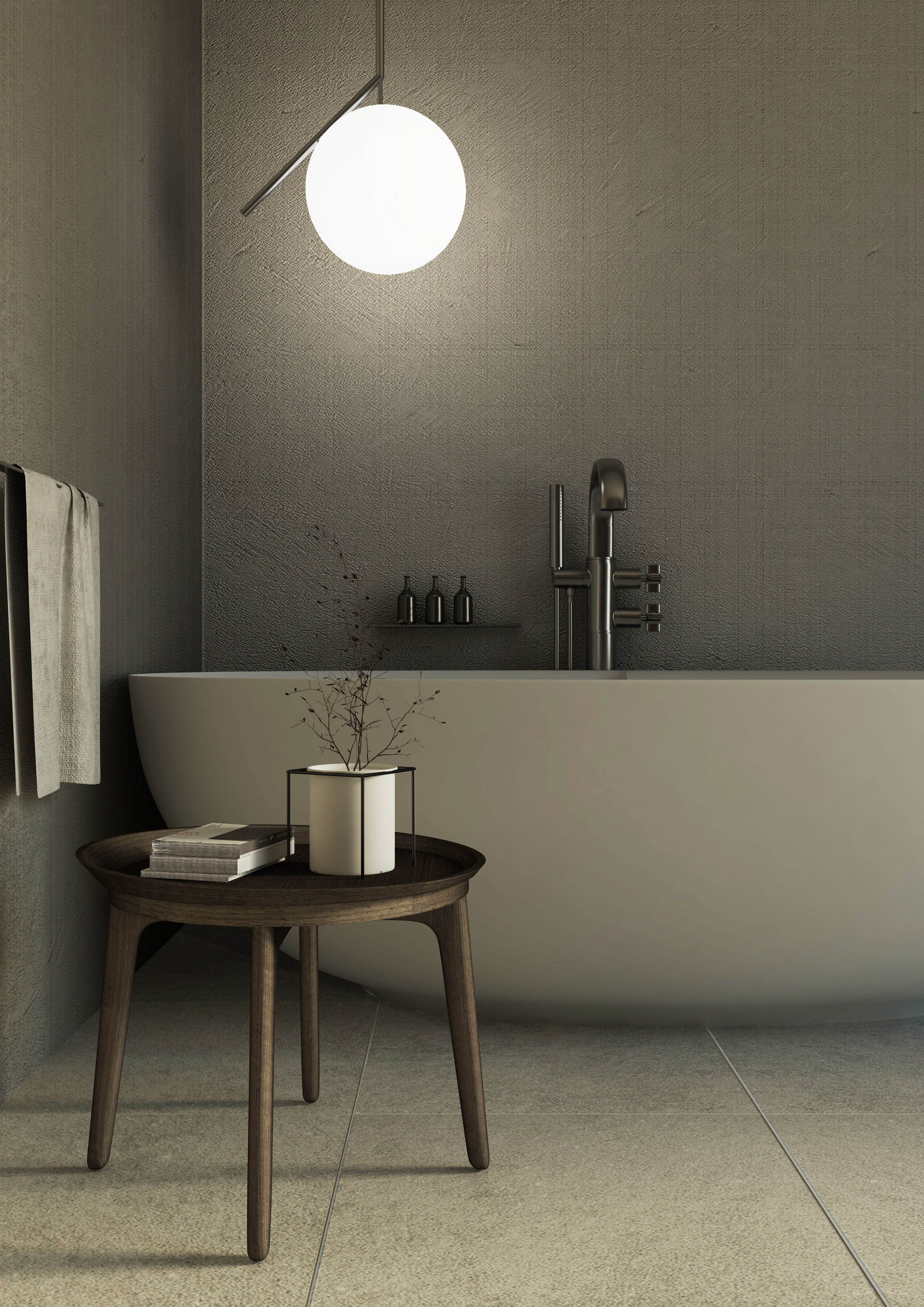
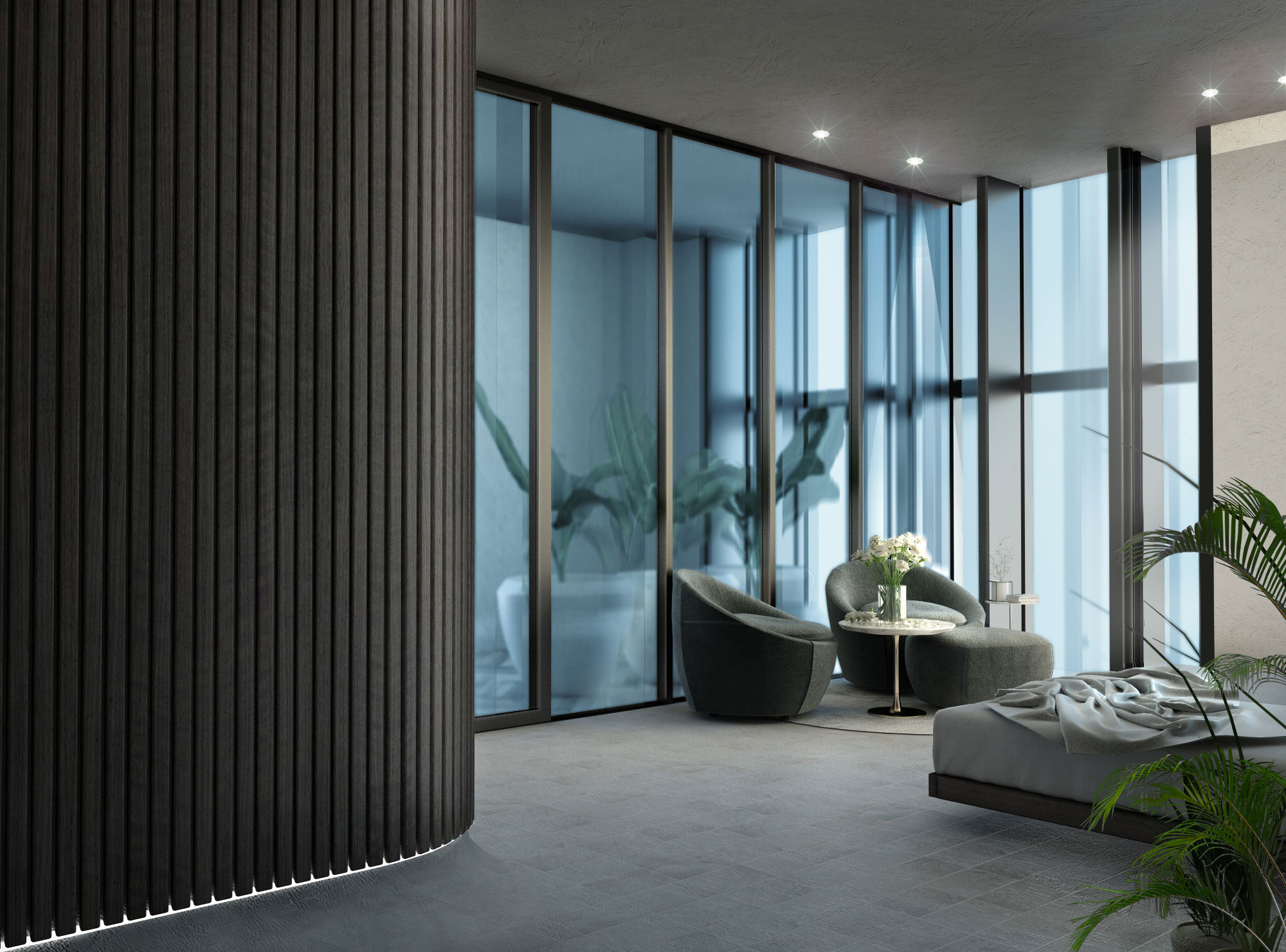
Speaking of architecture, how do you imagine the house of the future?
The world is changing rapidly, and with it, our idea of housing will change accordingly. The home will increasingly become a multifunctional place, where we will spend an increasing part of our time. Smart working is now a reality also rooted in Italy, children will need larger spaces for distance learning. If it has become increasingly difficult to attend public places such as gyms, then it will be necessary to meet these needs within the four walls of the home. The house will have to be designed and furnished for entirely different logical uses and purposes, no longer being just a place to eat and sleep. It will have to be enriched with solutions that make it adaptable and flexible. The living room will have to be transformed into a study,
the children’s bedroom must have space where they can do their schoolwork. The development of a technological system allowing you to do all these things will be fundamental. I imagine television screens transforming into computer screens, but also open spaces where we can put sports equipment on the wall to allow us to do physical activity without having to go outside. Therefore, homes will be designed as housing modules totally different from those of today. The Coronavirus pandemic has accelerated this transformation and will increasingly affect the architecture and spaces of the places where we live and work. In short, a future that has already begun...
Staying in the field of architecture, how important is it to rely on high-level brands? And how does this choice affect the property’s value?
There is no doubt that everything branded has a great appeal at the time of purchase. As with fashion, the brand guarantees quality. And in the world of real estate, this rule has even more value, because it allows a sort of “certification” that lasts over time. We can say that, at the time of resale, in equal market conditions, a branded property will be worth at least 10-15% more than one without. A difference that is mainly explained by the reassurance that is given to the buyer. It is obvious that if a company makes its brand available, it demands an extremely high standard of quality from all the workforce involved - from builders to interior decorators, to the installers. And it is this certification that gives the property a higher market value.
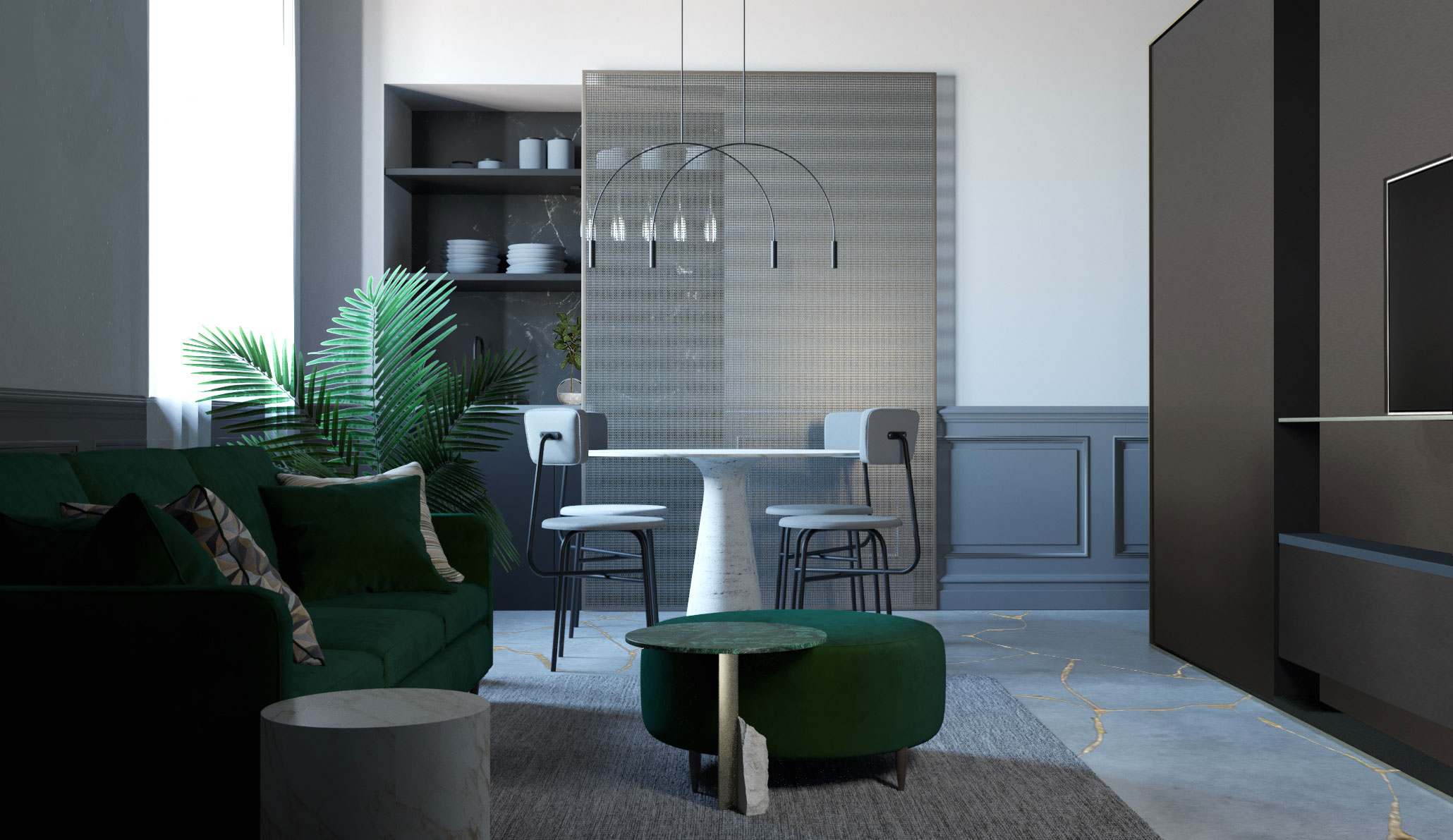

Aldo Cingolani
Architetto, nel 1995 entra a far parte del Gruppo Giugiaro, diventando dopo due anni Direttore Commerciale di Giugiaro Design Spa. Relatore in congressi internazionali, nel 2013 è co-fondatore di Bertone Design, di cui assume l’incarico di CEO. Nel 2015 entra a far parte del Directory Board della FON University di Skopje dando inizio al progetto Bertone Design Academy. Il Poli.Design di Milano lo annovera nel Club degli 87 Grandi Alumni che danno vita al progetto formativo “Verso il 2099”.
Trained as an Architect, he joined the Giugiaro Group in 1995, later becoming the Sales Director of Giugiaro Design S.p.A. Keynote speaker at international conferences, he co-founded of Bertone Design in 2013, taking the role of CEO. He joined the Directory Board of the FON University of Skopje in 2015, starting the Bertone Design Academy.
Link per visualizzare l'articolo originale - Link to view the original article : https://ita.calameo.com/read/00635584816498b20fd93

